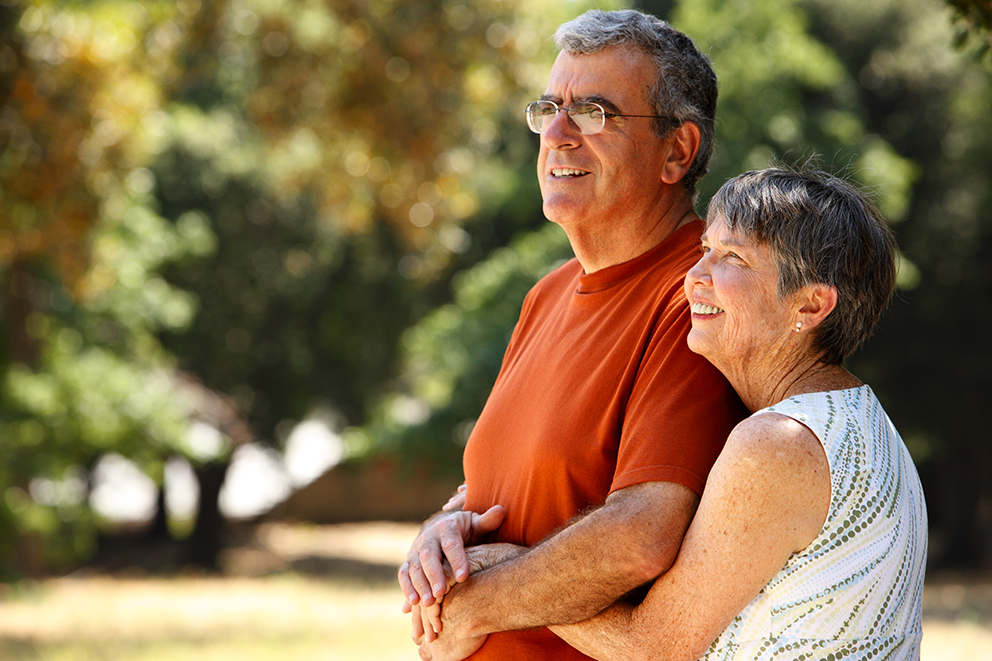In observance of National Chronic Obstructive Pulmonary Disease (COPD) Awareness Month, learn about this common lung disease, affecting around 8.5 million Americans a year.
Trouble breathing. Wheezing. Shortness of breath. Getting winded after climbing the stairs or doing simple chores. These are just some of the symptoms of COPD, the third leading cause of death in the United States.
Look insideKP Northern California sat down with Mickey Sachdeva, MD, pulmonologist and critical care medicine physician at the Kaiser Permanente Fresno Medical Center, to learn more about this increasingly common yet devastating disease.
What exactly is COPD?
COPD is a condition in which the airways in the lungs become inflamed, narrowed, and damaged. This affects the flow of air in, and especially out of, the lungs.
As the lungs become more damaged over time, it becomes increasingly difficult to breathe. When the damage is extensive, it may also become harder for the lungs to get enough oxygen into the blood and to get rid of excess carbon dioxide.
COPD can be a serious illness. It cannot be cured and can get worse over time. But there are treatments that can help.
Who should be concerned about COPD?
The most common cause of COPD is smoking. People can also get COPD from breathing in toxic fumes or gases. In rare cases, COPD is caused by a genetic problem such as having a deficiency in alpha-1 antitrypsin, a certain protein that protects the lungs. A blood test can check for this.
At first, COPD often causes no symptoms. As it gets worse, it can make you feel short of breath, wheeze, cough, and spit up phlegm, especially when you are moving around.
How is it diagnosed?
The test used to diagnose COPD is a type of a pulmonary function test called spirometry. It assesses how well your lungs are working. During spirometry, you take a deep breath and then blow out as fast and as hard as you can into a tube. A machine connected to the tube measures how much air you can blow out of your lungs and how fast you can blow.
In some cases, your doctor will recommend additional pulmonary function tests. This might be done to check for other lung diseases that may be causing your symptoms.
What is it like to live with COPD?
Depending on the severity of COPD, you often feel out of breath if you work hard or walk rapidly. You may have trouble doing chores or even carrying items. Patients with COPD should stay away from smoke and fumes, exercise regularly, and learn breathing exercises. Also, patients should eat healthy foods and eat smaller meals more often.
How can one best support those living with COPD?
I recommend helping with daily tasks such as chores and grocery shopping. Patient’s with COPD can tend to isolate themselves because of their limited physical capacity and not participate in activities that they were once fond of. Encourage those living with COPD to stop smoking and help them remember to take their medications. Loved ones and caregivers can not only lend a hand when needed, but also help with emotional support.





This Post Has 2 Comments
I have a question. Will my asthma eventually turn into COPD over time ?
Hi, Belinda. Thank you for your question. According to Mickey B. Sachdeva, MD, of the Pulmonary & Critical Care Department at the Kaiser Permanente Fresno Medical Center, asthma will not eventually turn into COPD.